Dermatological diseases are extremely unpleasant, and sometimes dangerous. One of such pathologies is furunculosis, which is characterized by the appearance of multiple or single formations, called boils. It is they that can deliver a person a lot of unpleasant moments, complicating the course of a familiar life. What is a boil, in fact, and in what ways to deal with it?
Material Content:
What is a boil and its causes
Furunculosis is an inflammation of the hair follicle. It covers the surrounding part of the skin and the sebaceous gland. The forming boil is certainly accompanied by an accumulation of subcutaneous pus. The popular definition of a boil is boil. A pathology called furunculosis is much more often diagnosed in adult patients.

The initial stage of the boil is a small seal with a necrotic core in the center. After opening the boil, the rod is excreted together with all the purulent contents. The next stage is the healing of the boil, in the place of which in some cases scars remain.
Staphylococcus is recognized as the root cause of the boil. Studies have shown that these microorganisms are present on almost the entire surface of human skin and this is considered the norm. Only a tenth of these bacteria are pathogenic. In people with furunculosis, the number of pathogenic staphylococci is almost 90%. This phenomenon is considered the result of a decrease in immunity, skin impurities.
By the way.The process of reducing immunity is often triggered by chronic pathologies or infections of the body (diseases of the respiratory or endocrine system), the use of certain drugs. The result of such processes can be furunculosis.
Additional causes of unpleasant acne can be excessive sweating or skin microtrauma. Especially dangerous is combing the integument in the presence of dermatological diseases.
The main symptoms of the disease
Furuncles are distinguished by their universality in relations of localization - their appearance is permissible in almost any part of the human body. Often they appear in places of friction, excessive sweating or frequent pollution (armpits, buttocks, hips, lower back, face, etc.).
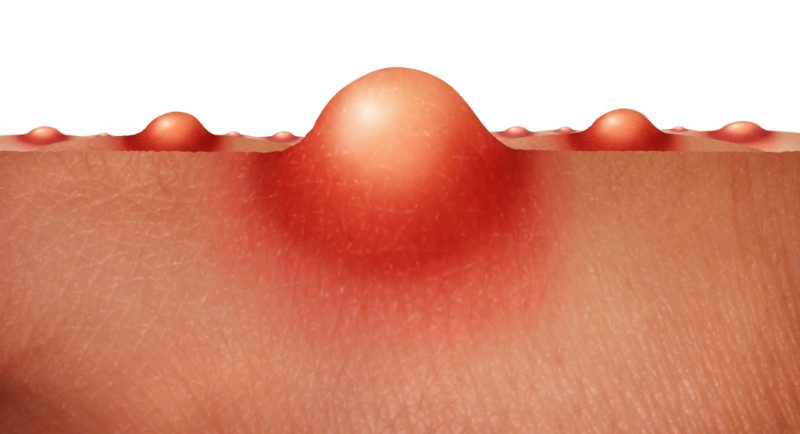
There are 3 main stages of pathology, for each of which certain symptoms are characteristic:
- Infiltration. It is characterized by the manifestation of bright red circles near the hair follicle. Education increases, hardens and hurts. The process is accompanied by inflammation of the surrounding tissues, especially when a boil has formed on the face.
- Suppuration and subsequent necrosis. It comes in 3-4 days. A purulent rod forms inside the spot. The temperature can rise to 38 ° C. Additionally, weakness, headache, loss of appetite may be observed. After opening the membrane of the boil, pus and a dense core accumulate on the surface. After this, the symptoms of furunculosis disappear, giving way to the healing stage.
- Healing. It is characterized by the presence of granulation tissue in the cavity formed after opening. In its place, after 3-4 days, a scar is formed that has a bluish-red tint, which gradually turns pale.
It is interesting: keloid scar
By the way. In some cases, the course of furunculosis can be erased, that is, the pustule will not have a necrotic core. If the boil has formed in the shell of the ear, the pain in this organ or headache may join the main symptoms. If the boil closes the ear canal, the patient may notice hearing impairment.
When to see a doctor
The time for an increase in the boil is several days. Pus begins to be excreted 5-7 days after the onset of the disease. Small pimples usually heal on their own a week after opening, without any additional treatment. Large groups of pustules, especially if they are located on the face, require the attention of specialists - treatment of boils at home in this case is fraught with complications.

If the boil does not ripen for several days, while the core enlarges and hurts, the patient should definitely consult a specialist. The doctor will examine the pustule and remove its contents. It is also necessary to visit a doctor when boils are located in an uncomfortable place (for example, on the buttocks) or the formation of several painful acne is noted at once.
In addition to the procedure for extracting the rod, the doctor recommends the patient the necessary therapy, which may consist of taking tablet preparations or antibiotic-based ointments from boils.
Read also:how to get rid of acne on the face
Treatment of a boil with traditional and traditional medicine
In order to anesthetize and disinfect, areas affected by a furuncle, alcohol rubbing is suitable. In this case, alcohol can be 97% medical, 2% salicylic or 3% boric. Rubbing should be carried out from the edge of the pustule to the center, repeating the procedure several times a day for 4 days.
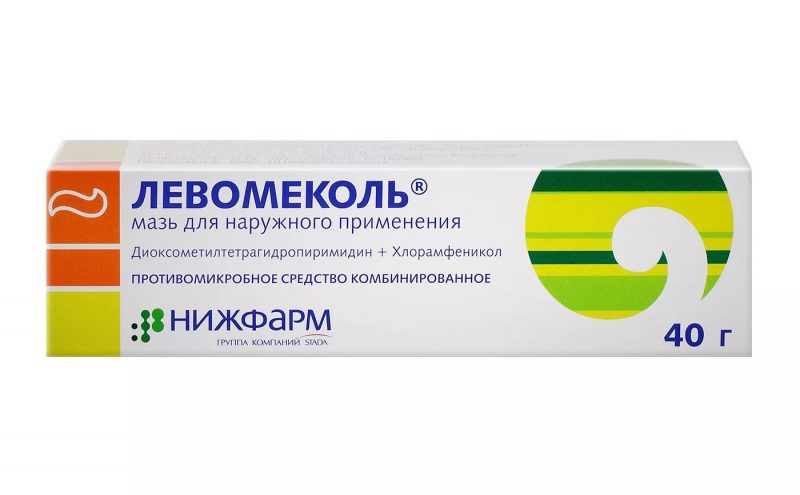
It is also permissible to treat the boil with antibiotics. For this, the procedure for chipping problem areas with Linkomycin or Levomekol is suitable.
In the process of combating boils, any means are good, not excluding folk:
- Rubbing the formed cones with herbal decoctions (chamomile, celandine, eucalyptus).
- After extracting the contents of the boil, it is permissible to use oil extracts (dogrose, sage or sea buckthorn).
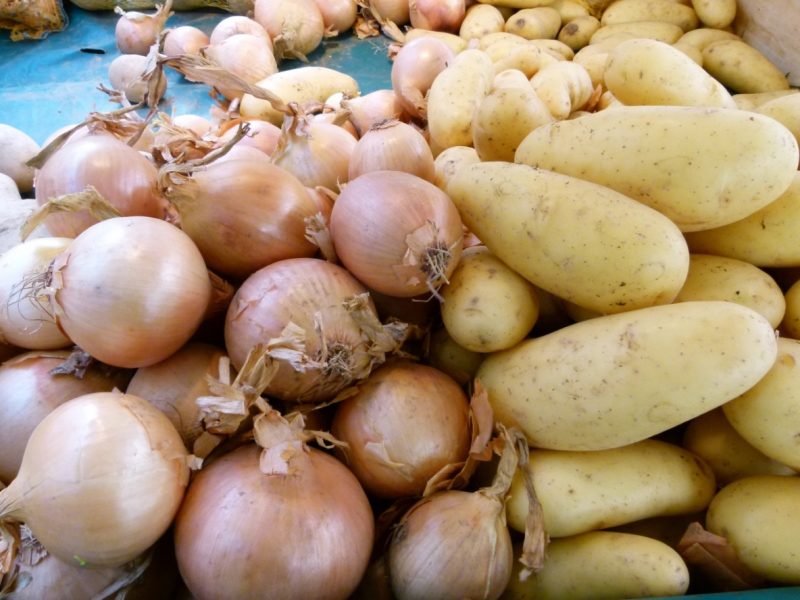
Additionally, the following products can be used:
- Potatoes. Grate a small tuber on a fine grater and wrap in gauze. The tool is applied to the problem place for half an hour. Applying such compresses every 2 hours, after the second day you can feel significant relief.
- Onion. A small onion is peeled and placed in a preheated oven for half an hour. The cooled vegetable can be divided into two parts, attached to a boil and wrapped in a scarf, or attached with a band-aid. The compress is held for 20 minutes.
Dissection and removal of the boil
The initial stage of the boil is not much different from an ordinary pimple, except that the boil is somewhat harder to the touch. Launched pathology provokes an increase in necrotic formation inside the solid cone. The pain from such an education becomes more pronounced and palpable.
Surgery to remove the boil is necessary at the final stage of the disease, when some formations reach more than 1 cm in diameter.
At the same time, the boil hurts not only on palpation, but also by itself.
Medical intervention consists in opening the lump and removing the purulent rod. Usually, after such manipulation, scars remain on the surface of the integument. Pain and discomfort often disappear immediately.
Note. After the procedure for opening pustules, the doctor informs the patient about the need for wound care and describes the features of this process.
Care for the foci of the abscess after opening
After an autopsy, the place of the boil should be treated with an antiseptic solution. After the procedure, the doctor performs the initial treatment of the wound, simultaneously applying a bandage.
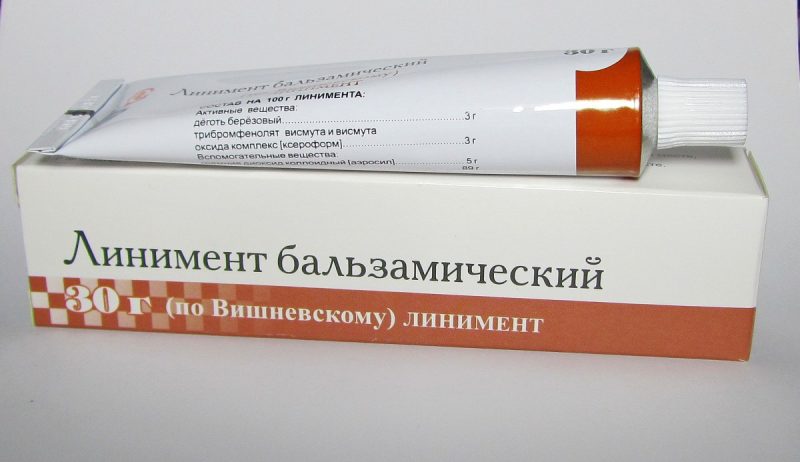
In order to care for a problem place at home, the following tools are used:
- Levomekol;
- Vishnevsky ointment;
- Solcoseryl.
Additionally, the wound is treated with chlorhexidine, applying on a cotton swab to the area for several seconds. The next stage of processing - applying the ointment in a thick layer, completely filling the cavity-wound. A dressing is placed on top of the treated area. Such manipulation should be carried out twice a day. Before applying the next layer of ointment, you must remove the previous one. To do this, it is convenient to use a cotton swab.
Note. The types of ointments for caring for a place where boils used to show off were better discussed with a specialist. Vishnevsky ointment is relevant for eliminating small boils. However, not all patients are willing to tolerate its smell, so this remedy can be replaced by Solcoseryl or Rescuer. But these drugs are not intended to care for wounds after large boils. Levomekol should be used to treat wounds for no more than 7 days, after which switch to Solcoseryl or Vishnevsky ointment.
Read also:chin acne in women - the reason
When to start drinking antibiotics
Depending on the severity of the disease, antibiotics may be recommended to the patient in the load on ointments.
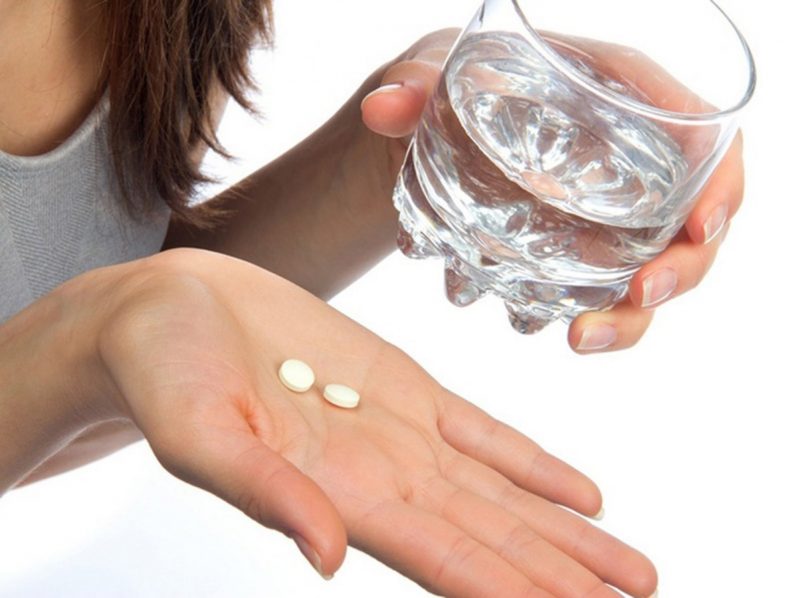
Attention. Only a doctor should prescribe antibiotics for boils.
Most often, taking tablets or powdered antibiotics accompanies the treatment of multiple boils.
The most effective drugs in this series are:
- Azithromycin A tablet drug, popular due to its low cost and a small number of side effects.
- Cephalexin. Available in the form of tablets, powders or capsules. The substances that make up the drug are effective in combating staphylococci, streptococci, Escherichia coli, salmonella and other pathological microorganisms. Cephalexin is often prescribed for facial furunculosis.
Prevention
Undoubtedly, preventing furunculosis is easier than treating it.

To prevent unpleasant pathology, a number of recommendations should be considered:
- Monitor the state of immunity.Walking in the fresh air, the correct regime of the day, taking vitamin complexes, hardening and water procedures will help strengthen the immune system and reduce the risk of various diseases.
- Review the power system. Often boils are the result of the development of a common sore pimple. For this reason, people prone to rashes should change their lifestyle - exclude spicy, smoked dishes, sweets, carbonated drinks, coffee from the diet.
- Pay attention to skin care. It is not only about the use of expensive cosmetics, but also about basic hygiene. It is necessary to clean the skin every day. In the morning and evening hours should be given a full-fledged water treatment using cleansers, and use at least wet wipes during the day. Initially, the skin should be treated with chlorhexidine or alcohol tincture. Such a procedure will exclude the infection of microtraumas, which will certainly arise during such manipulations.
Furunculosis, despite all its negative aspects and the inconvenience caused to a person, is successfully diagnosed and treated by modern specialists. In addition, high-quality disease prevention, the main principle of which is personal hygiene, can completely nullify the risks of the disease.












